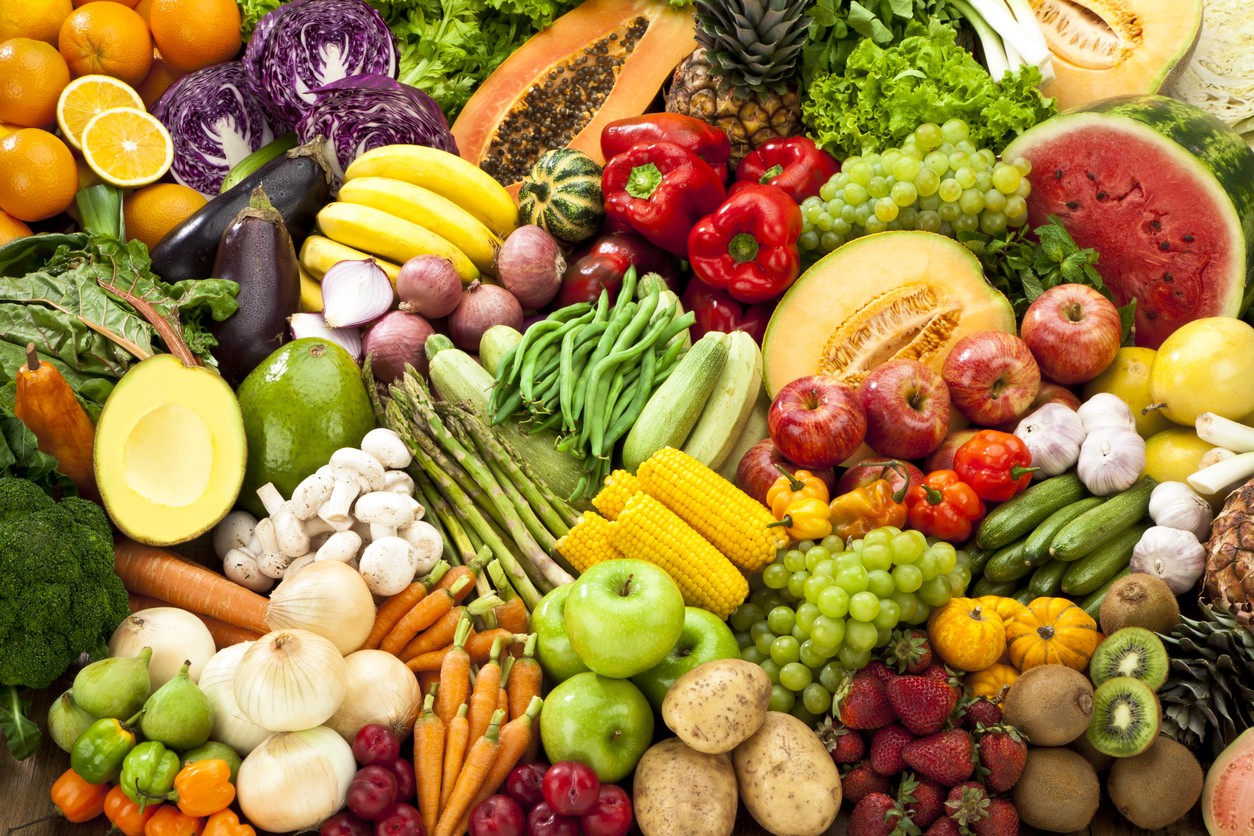



Article by: Hari Yellina
As the cost of fresh fruit and vegetables continues to rise, small-scale grocers are demanding for an urgent price cap in supermarkets. Monique Lunn, who owns a fresh produce business on her family’s mushroom farm in Ballarat, Victoria, said they were operating at a loss to guarantee that people could feed their families healthy food. “We’re trying everything we can to keep our costs the same,” she explained. “[Supply] is quite scarce, but I’m fortunate in that I can buy local first if I can.” “Unfortunately, we have to obtain products from Queensland, which has been ravaged by floods, throughout the winter since we just don’t have the temperature to produce the volume for our population.”
Ms Lunn believes that selling high-demand products at cost is an ethical short-term solution until supply catches up with demand. “I paid $7 for an iceberg lettuce, and that’s what I sold it for,” she explained. “However, now that lettuce prices have risen again, I’ve discovered that many of my clients have shifted to buying cos lettuce.” “Cos lettuce is a slightly less expensive option for customers if iceberg is becoming too expensive, and we sell twin packs of cos lettuce for $4.” This week, Woolworths declared a price freeze on a number of “basic commodities,” including pasta, bacon, and frozen peas.
Ms Lunn believes the federal government should act if stores are unwilling to make similar profit margin sacrifices for fresh fruit, similar to how energy costs were restricted earlier this month. “I believe there should be some kind of cap, particularly during times like this,” she remarked. “People want to eat healthy, but let’s face it, it’s cheaper for a family in debt to go out and purchase a $5 frozen pizza and serve it to their children.” “Right now, the price of veggies is completely beyond of reach.” Peninsula Fresh Organics’ Wayne Shields sells his lettuce both individually and through large supermarkets, and his pricing have remained consistent despite the lettuce scarcity.
“We’ve been smashed, which is excellent in some ways,” he added, “but we’re trying to read the play and understand the organic industry’s direction.” “We’re not sure if it’s just because the conventional side is so short or if our industry is truly growing.” “The traditional side has been damaged by floods in Queensland and East Gippsland [as well as] labour shortages, and farmers are tired of selling things below cost of production,” says the author. The Australian Bureau of Statistics reported a 5.8% increase in fruit and vegetable prices and a 4.8 percent increase in meat and seafood prices in the March quarter of this year.
Because fruit and vegetables are perishable, they are vulnerable to supply side shocks such as flooding, according to a Department of Agriculture spokesperson. “Fruit and vegetable prices tend to recover very quickly in normal circumstances,” the representative stated. “However, a variety of inflationary pressures exist across the fruit and vegetable supply chain, including rising fertiliser and fuel costs, as well as persistent labour shortages in a tight labour market.”
“The Australian Bureau of Agricultural and Resource Economics and Sciences (ABARES) estimates that farmgate prices [the prices received by farmers] of grains, oilseeds, and pulses would rise by roughly 10% in 2022-23, while fruit and vegetable prices will rise by 5%.” A Woolworths representative said there were no intentions to include fresh food in the company’s price freeze, and the department did not respond to concerns from the ABC regarding prospective price limitations on store earnings on fresh produce.